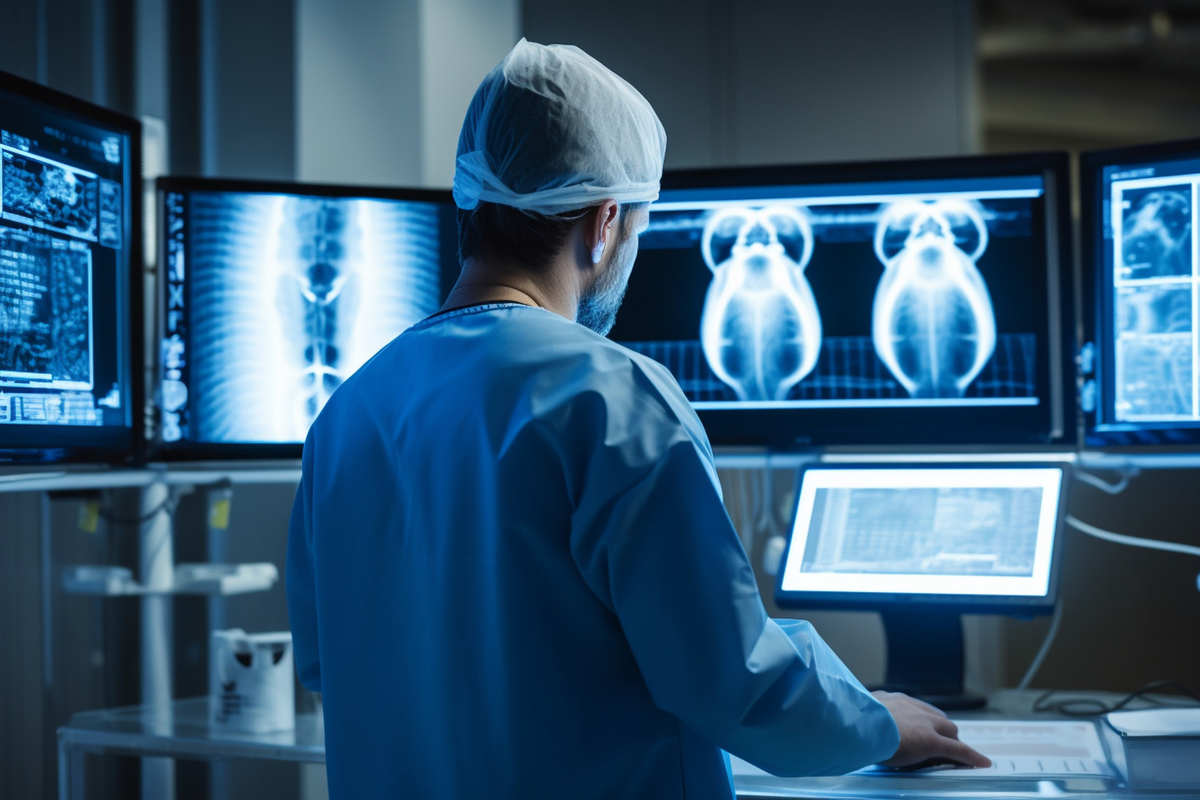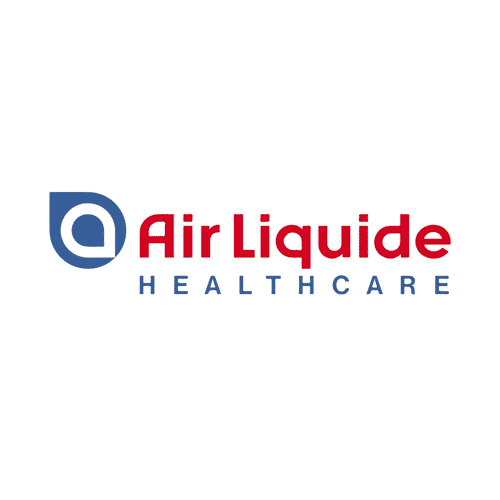
Self-diagnosis
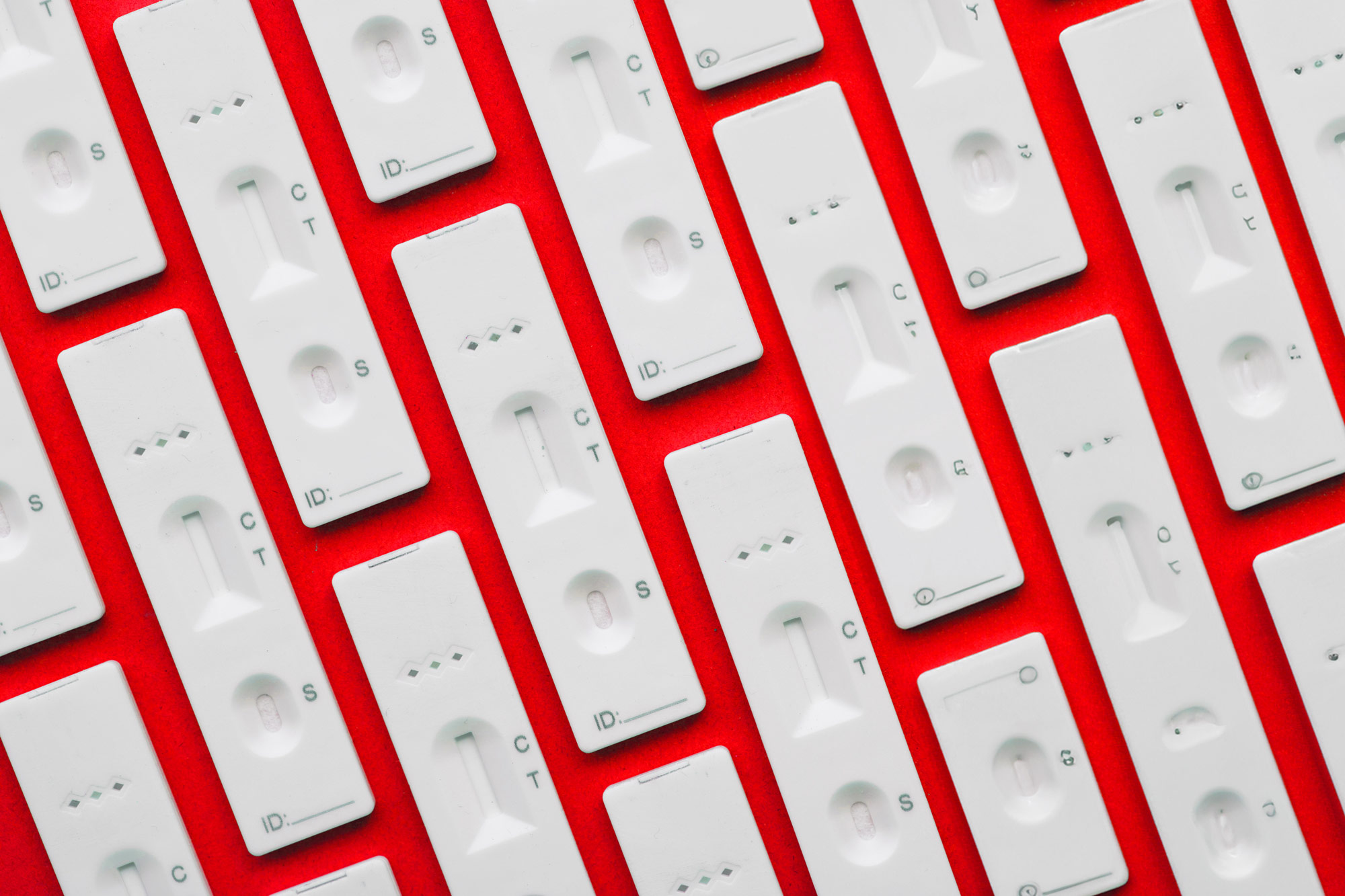
Improve pathology detection and patient care thanks to self-diagnosis
Our specialized team explores the opportunities offered by self-diagnostic tools and supports healthcare professionals in their innovation and development projects to optimize pathology detection and accelerate patient care.
They trust us

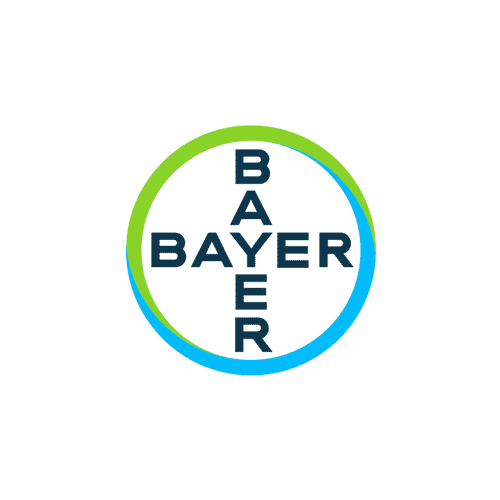
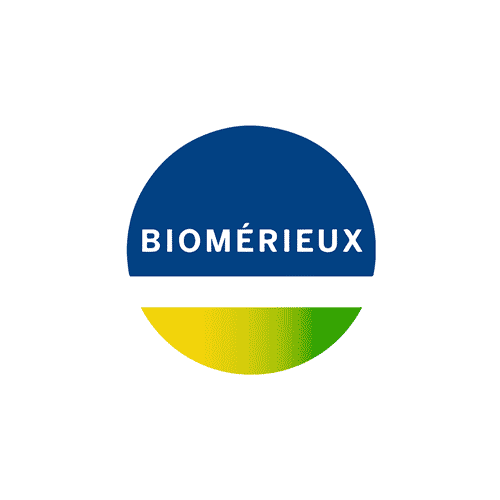
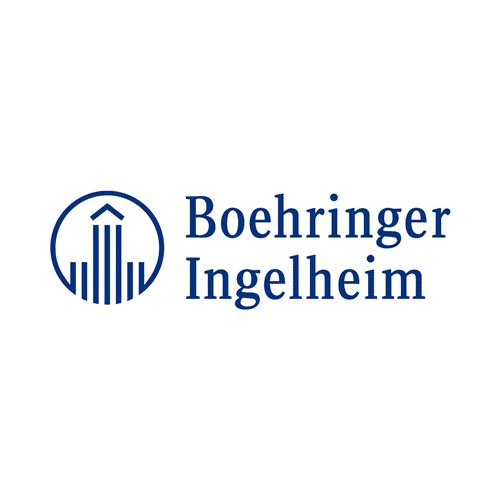
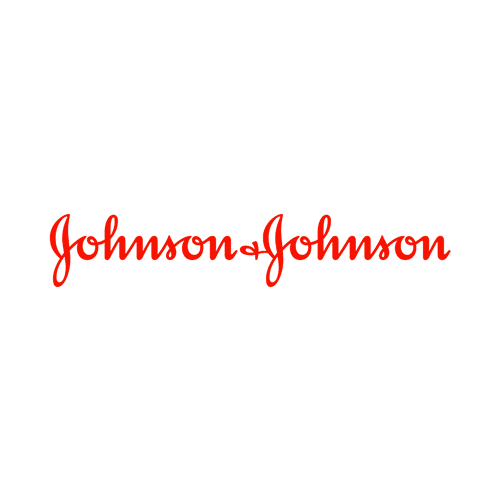
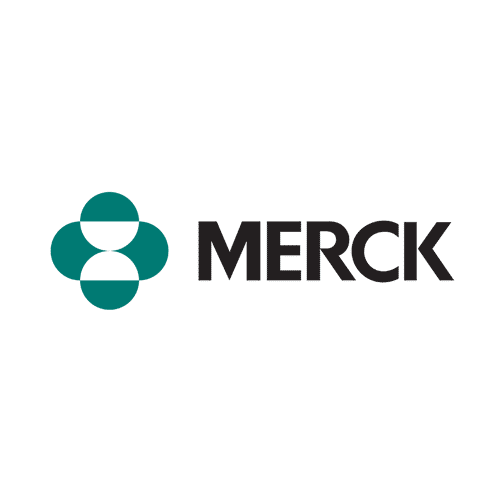
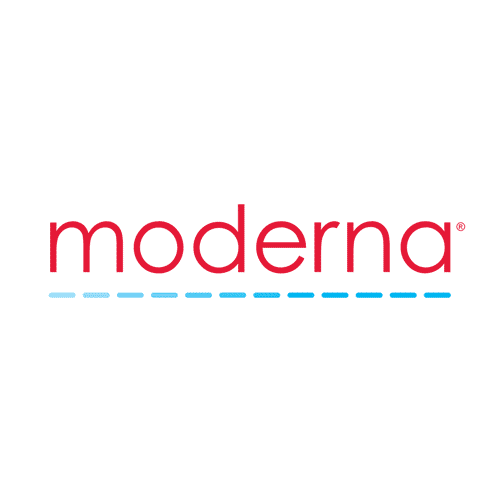
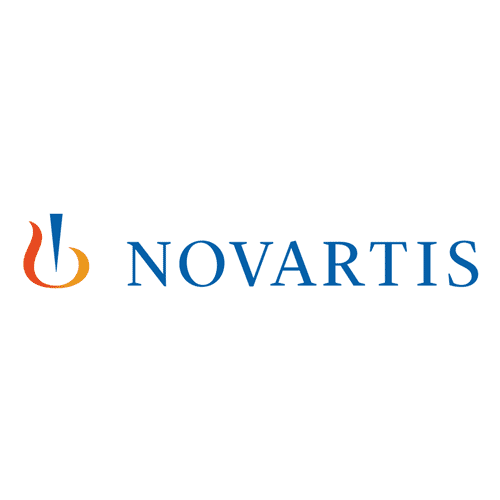
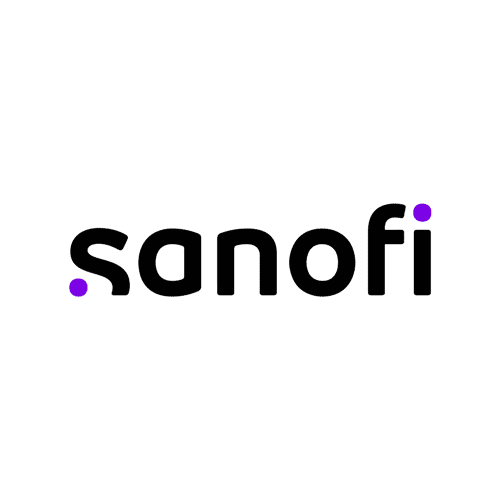
The challenges related to self-diagnosis
Self-diagnosis allows people to evaluate their health in an autonomous manner without the need for a medical consultation, which opens the possibility to improve public health and reduce treatment costs. Self-diagnoses are everywhere today, especially since the explosion of COVID self-testing, with numerous domains concerned including:
- Infectious disorders self-testing such as for HIV, Hepatitis C, tetanus, and COVID
- Digestive system testing such as gastric ulcers and gastro-esophageal reflux disorder
- Urinary sicknesses, such as urinary tract infections and kidney stones
- Cardiovascular disorders, via monitoring blood pressure, heart beat, and blood sugar levels
- Self-diagnosis of pregnancy
With a growing demand for rapid and accessible healthcare treatment, as well as the development of new technologies, the self-diagnosis market is rapidly expanding. However, it still has several challenges for healthcare industry players, such as:
One of the most important challenges for industry and health players is improving the accuracy of self-diagnostic tests. These tests can give falsely positive or negative results, which can result in diagnosis errors and harmful consequences. Self-diagnostic test manufacturers must improve and guarantee the accuracy and precision of their products.
What technologies will improve the accuracy of results? By which means can test manufacturers guarantee the accuracy and precision of their products?
Patients must be perfectly informed and guided in their usage of testing kits or medical devices in order to receive accurate results. To this end, manufacturers must provide clear and understandable instructions that will guarantee the correct usage of self-diagnostic tests without the presence of medical assistance.
How can we guarantee the training and the correct usage of tests? Which communication channels should be prioritized?
The medical material given to patients to allow them to monitor symptoms does not replace the essential patient-doctor relationship. Self-diagnostics could encourage self-medication, which can be dangerous if a person does not understand the risks of its drugs, or for people who have pre-existing conditions that could be exacerbated by certain medications. It’s therefore important that manufacturers of self-diagnostic tests ensure that people validate their self-diagnoses and therapeutic approaches with a medical opinion.
How can we ensure that people do not turn away from healthcare professionals and care pathways? What solutions can be put in place to follow up self-diagnosis with a medical opinion?
The self-diagnosis market is under strict regulations for guaranteeing the safety of users and the accuracy of results. Healthcare industrial players must conform to these regulations issued by health authorities in order to obtain the required certificates to commercialize their products. While this can be a challenge in terms of time costs, it’s essential for the credibility of self-testing and for the safety of patients and healthcare professionals.
What are the processes of certification and validation that manufacturers must follow to ensure that their self-diagnostics conform to safety and quality standards? How can one ensure that the usage of self-diagnostics adheres to the current regulations?
Manufacturers must adhere to standards of ethics and confidentiality in terms of managing patient health data, including data storage and transfer. Patients must equally be informed of their confidentiality rights.
How can self-diagnostic test manufacturers guarantee the safety and confidentiality of patient health data? What solutions exist for data security?
The tools used by patients such as smartphones, mobile applications, and other connected devices like watches are opportunities for development in the medical self-diagnostic market. It is thus of interest to industry players to invest in R&D to propose self-diagnostic tests linked to these technologies, as much for their adoption as for their level of accuracy and precision.
What is the future of the self-test market? How can one differentiate themselves by proposing innovative solutions that address the specific needs of patients?
How we support you in your projects related to self-diagnosis
On a daily basis, Alcimed supports diagnostic and healthcare industry players who wish to innovate or engage themselves in the self-diagnostic market.
We support numerous actors including
- Industry players in medical devices and diagnostics, such as bioMérieux, BD, Roche, Abbott, Menarini, and others
- Pharmaceutical industry players such as Sanofi, Pfizer, Janssen, Pierre Fabre, Merck, MSD, Takeda, and others
- Innovation players and project leaders, start-ups in e-health, technology transfer acceleration companies, and more
The diversity of our client, the geographic areas we explore, and the types of projects we carry out give us a global and in-depth understanding of the problems and challenges linked to the self-diagnosis market.
Our projects cover diverse subjects such as state-of-the-art, identification of new technologies, partner searches, studies and optimization of patient pathways, market studies, development of new products and services, building value propositions or re-thinking business models, and more!
Examples of recent projects carried out for our clients in self-diagnosis
Market study of blood self-diagnostics in the post-pandemic context
Alcimed supported a leading health player in carrying out a study of the trends, needs and tools for at-home blood collection. The goal of the project was to understand the market dynamics of self-sampling of blood after the pandemic in the United States. Our team carried out a multi-layered study for the client, including:
- An overview of potential clients for at-home tests, with a specific focus on tests for food allergies, women’s health, STI/STD, and for cardiovascular health
- A market segmentation of at-home blood collection between those with real medical usages and those with mostly non-medical usages
- A study of the experience of patients and of the necessary improvements to be made
Through this, our client could identify growing opportunities in this segment of the self-diagnosis market.
Evaluation of the opportunities in the self-test domain
We supported an industrial player in the identification and characterization of different self-test opportunities, notably coagulation and hormonal testing.
Our team initially mapped out the existing offer of tests on the market, then carried out a study of the unaddressed expectations and needs of patients and healthcare professionals, in order to select and evaluate several opportunities for our client.
This project allowed our client to identify several developmental routes to consider to increase their offer on the market.
Overview of self-diagnosis solutions for the continued monitoring of interstitial fluid
Our client, a pharmaceutical industry player, wanted to have a better understanding of the existing or developing technologies for the continuous monitoring of interstitial fluid, in order to evaluate the potential of their concept and direct their investments.
The project allowed our client to obtain a comprehensive view of the continuous monitoring of interstitial fluid domain thanks to a detailed evaluation of the key detection technologies identified (main types of sensor, developmental stage, functionality of the detection technology, pricing order of magnitude, etc.).
Identification of solutions for detecting non-alcoholic fatty liver disease that could be used as self-diagnostics
We supported a diagnostic player in a project aiming to define a solution (technology and associated patient pathway) allowing for patients to take responsibility for their liver monitoring via a preventative approach.
The researched solution was a tool that could detect hepatic steatosis (the earliest stage of non-alcoholic fatty liver disease) thanks to validated biomarkers, and could be used at home by patients while remaining cost-effective.
In the end, two solutions were selected and our client could make first contact with potential partners.
Identification and qualification of the at-home testing market and understanding of the current market access situation
Alcimed worked with an In-Vitro-Diagnostic leader to identify and qualify business opportunities for home-based testing diagnostic solutions.
Across four countries in three different continents, our team did an extensive overview of the current home-testing market. Our team investigated and gathered key information about the market access situation regarding home-testing in the geographies of interest, including suggested pathways to reimbursement, potential hurdles, relevant access initiatives as well as key trends impacting this segment.
Based on this study, we were able to provide key business opportunities for our client and recommendations on how to move forward in grasping these opportunities.
Assessing the potential for developing a urinalysis screening-monitoring test to be conducted by pet owners
Alcimed supported a key healthcare player in evaluating the opportunities for a pets urinalysis screening-monitoring test which would be performed by pet owners.
To do so, our team conducted a thorough study on urinary devices and their use by veterinarians and pet owners. We explored several type of tests such as colorimetric strip tests, smartphone-based or digital reading modes tests, ELISA rapid tests, … that can detect up to 11 urine markers: blood, bilirubin, urobilinogen, ketones, proteins, nitrites, glucose, pH, specific gravity, leukocytes and ascorbic acid. For each marker, our team investigated the scientific rationale as well as the market potential for our client make the best decision with regards to the positioning of its envisioned testing solution.
Finally, we summarized guidelines regarding deported urinalysis tests while specifying the level of interest for these tests and we assessed the opportunity of the market and built recommendations for our client.
Support for a diagnostic player in evaluating business opportunities in at-home point-of-care testing solutions
Alcimed worked with a top diagnostics player to identify and qualify business opportunities in the at-home point-of-care testing market and understand the current market access situation.
Across 4 countries, our team performed a market study to extensively assess the home-testing market and gained an overarching understanding of which products were already on the market, who were the key stakeholders, what were the trends, barriers and levers acting on the market and as well as in which indications were the highest needs. We also evaluated the current and expected future reimbursement landscapes for home-testing solutions in the 4 in-scope countries and sought the expertise of top KOLs in the field to qualify and challenge the findings.
Finally, our team provided strategic recommendations to our client on the major business opportunities and indications to consider and how to move forward in the at-home POCT market.
Opportunity evaluation for a companion medical device
We helped the Cardiology division of one of our clients understand whether a start-up developing a home-based medical device, which measures a cardiac parameter of interest, may be an appropriate partner for a strategic investment; and whether the medical device of this start-up can be profitable as a stand-alone product within a 3-to-5-year time horizon.
To do so, our team first realized an analysis of the revenue projections of the start-up via a benchmark of the activities of similar companies, an in-depth study of the competition, and an estimation of the market potential in several geographies. We then conducted a strategic audit of the start-up’s assets.
In the end, our study enabled us to recommend to our client to include the device into its portfolio rather than marketing it as a stand-alone product.
You have a project?
To go further
Data - AI
Computer Vision in Healthcare : the applications and challenges of this new AI solution
Computer Vision is making its way into the healthcare sector, with a variety of medical AI solutions. But how is it being used, and what are the challenges ahead?
Data - AI
Artificial intelligence as an aid to medical diagnosis
Artificial intelligence has made its mark in many specialties as an aid to medical diagnosis. But how is it being used, and what challenges lie ahead?
Data - AI
AI in medical imaging, a revolution in medical diagnosis and patient care
Artificial intelligence has made its mark in many specialties, such as medical imaging. But how is AI in medical imaging used, and what are the challenges ahead?
Founded in 1993, Alcimed is an innovation and new business consulting firm, specializing in innovation driven sectors: life sciences (healthcare, biotech, agrifood), energy, environment, mobility, chemicals, materials, cosmetics, aeronautics, space and defence.
Our purpose? Helping both private and public decision-makers explore and develop their uncharted territories: new technologies, new offers, new geographies, possible futures, and new ways to innovate.
Located across eight offices around the world (France, Europe, Singapore and the United States), our team is made up of 220 highly-qualified, multicultural and passionate explorers, with a blended science/technology and business culture.
Our dream? To build a team of 1,000 explorers, to design tomorrow’s world hand in hand with our clients.
Self-diagnosis is the diagnosis of a physiological or pathological state, real or assumed, carried out by the patient themselves based on symptoms outside of the context of a healthcare professional’s opinion. It can be done with the help of medical information (such as information the patient will find online on the internet) or on the basis of other’s experiences, but more and more often is thanks to medical diagnostic tools. With these tools, most people can track their health and take measures to improve it if an anomaly is detected.
Self-diagnosis can be separated into two categories:
- Self-diagnostic without a medical device: the person feels symptoms and uses information (online, on internet, their own knowledge, the experience of someone they are close to) to diagnose a sickness. For example, there are many self-diagnosis websites with algorithms that allow one to diagnose a specific health state based on symptoms, although these diagnoses vary in efficacy.
- Self-diagnosis with the help of tests: the person buys a medical diagnostic tool (often in the form of a self-test). Using a test tube of saliva, urine, or blood, the test allows for the diagnosis of a condition or sickness. These tests, which are often available in pharmacies, are variable in their accuracy, which rarely is 100%.
The most common self-diagnostics tests are:
- Blood tests (cardiovascular diseases, for monitoring blood pressure, heart rate and blood sugar levels, STIs …)
- Urine tests (pregnancy, urinary infection…)
- Stool tests (bacterial infections…)
- Saliva tests (HIV…)
- Nasopharyngeal tests (COVID-19, flu, respiratory infections…)
The size of the medical self-diagnosis market is estimated at 21,35 billion US$ and is expected to continue growing in the coming years (8,8% of CAGR), driven by various factors:
- Rising prevalence of chronic diseases
- Increasing demand for home healthcare
- Development of innovative technologies facilitating self-diagnosis.


